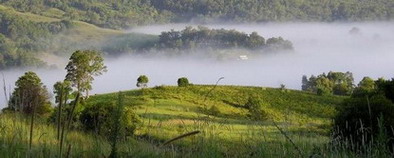A basic introduction to trekking.
Click on these web pages for more information:
Add your name to the trekking mailing list, click here.
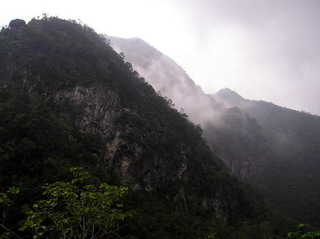
Mountains at Toroka Gorge in Taiwan.
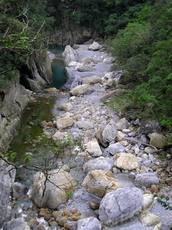
Creek bed at bottom of Toroka Gorge in Taiwan.
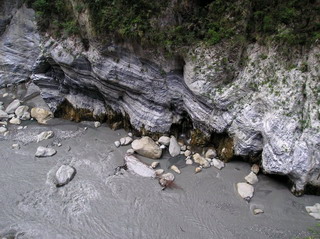
Water flowing through marble rocks at Toroka Gorge in Taiwan.
A trek along the Great Wall of China is very exhilarating. If you go the whole day it is quite a strenous walk.

Here are some more pictures of the Great Wall of China as you walk along.
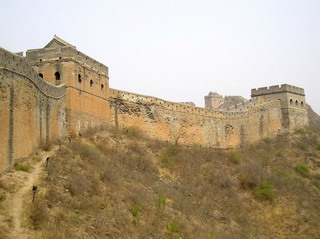
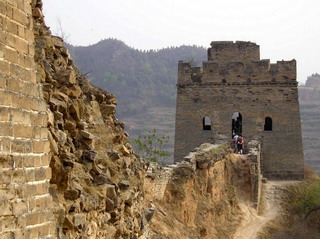
Mongolia is one of the highest countries in the world in terms of altitude. There are many interesting treks in Mongolia.
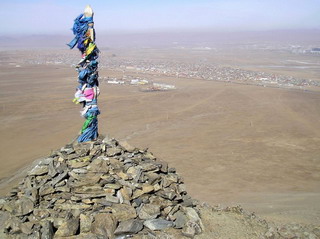
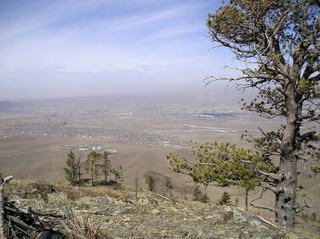
Maps - Always carry maps and available guide books. These should be put in a plastic waterproof clear bag when not in use. Global positioning systems (GPS) are also becoming cheaper, and these are useful in checking your co-ordinates. You can pick up the satellite signal from just about anywhere. You may also have software available that gives you a clearer idea of you location via maps.
Water bottle - A light aluminium water bottle (available from camping shops) is essential for carrying drinking water. If you can boil water in the evening and put it in your bottle with a sock covering the bottle, then you can use this as a hot water bottle for the night. This will also dry your socks out overnight that you were wearing on the previous day. You will have warm socks for the morning!
Also, the water from overnight can be drunk on waking, as it has been boiled and is now cooled. In the morning, you can heat up some more water and mix it with herbal tea before you venture off for the day.
Back pack - A strong and durable back pack is required. It should be no more than of medium size. You shouldn’t need to carry much on a trek of about 3 days or so. The pack should have multiple pockets (2 or 3) that are tightly zipped, as well as some easily accessible non-zipped pockets (1 or 2) that you can quickly put your hand into for things.
The back pack definitely needs padded shoulder straps. Also a strap to tighten the pack around you chest will take a lot of weight off your back. When properly adjusted, the base of the pack should sit on your hips. The top of the pack should be at least one hand-width below the base of your neck.
Shoes - Footwear designed specifically for trekking or hiking is best. Proper trekking shoes give the best support and traction. Shoes should be worn with thick socks. Choose a pair of shoes that are a half-size larger than your usual street shoes, as this allows for some swelling of your feet as you walk and is also necessary for your heavier thicker hiking socks.
Make sure your trekking shoes are well worn in. This requires about 2 weeks of frequent wear for new shoes. There is nothing worse than hiking with ill-fitting or rubbing shoes. It will make every step an agony, and lead to blisters!
Socks - Wear thick woollen socks or synthetic blend socks. These socks will absorb the moisture away from your feet. Wet feet are actually a main cause of blisters. Extra socks should be carried, especially for warming your toes at night! In case your shoes are causing trouble you can also wear 2 pairs of socks.
Clothes - Clothing should be comfortable and breathable. Pockets on shirts should be high up so that they do not interfere with your back pack, or pockets should be on your side. Clothing needs to be durable, water resistant and wind resistant. Clothing that stretches to allow complete freedom of movement is best.
Walking sticks - Walking sticks in each hand take a lot of weight off the legs and let you use your arms as an additional pair of ‘legs’. This makes it easier to walk up steep mountains and hills. Walking sticks also help with balance going down hill, and are very useful for resting while walking up hill.
Click on these links for more information:



